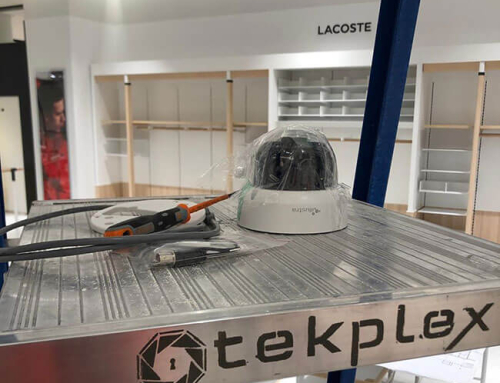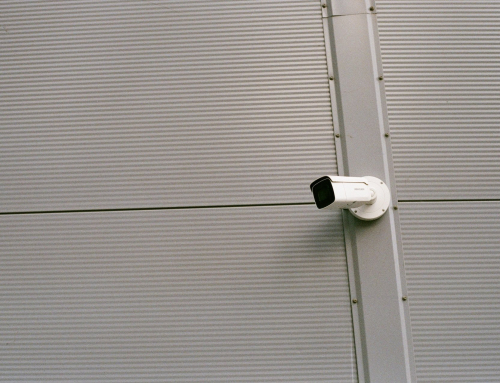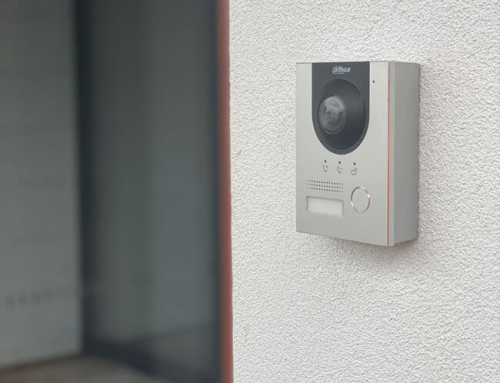A well-established network cabling system can elevate your business in multiple ways. Firstly, it can simplify management issues that are common in both small and large-sized businesses. Network cabling should be able to support various network types in your company which contributes to stable infrastructure creation. Once that is achieved, the whole network system within one company provides a single spot for both administration and management needs.
This is solely the beginning of a good practice that solid network cabling delivers to your company, but how can you know which type of it is the appropriate one for your company’s requirements? You can turn to our network cabling Melbourne experts today and ask all the questions you want, or you can stay with us and discover for yourself what might be the perfect option for you.
Coaxial Cable
Coaxial cable is a type of copper cable with a single copper conductor in the centre. There is a plastic layer outside which provides stable insulation between the centre and metal shield. This metal shield has an important role in blocking the outside interference from other computers, intense and fluorescent lights or other electronic devices.
There are two types – thick and thin coaxial cable where the thicker one comes with an extra protective plastic cover. Both types of coaxial are extremely resistant to signal obstruction and can handle the greater cable lengths between the devices than other cable types. These traits make them difficult and complex to install, so it is best to turn to a certified and experienced network cabling Melbourne specialist and rest assured that the job was done perfectly well.
Fiber Optic Cable
Possibly the most famous one on our list here thanks to its higher bandwidth and high-performance build. Ready to support any area network, fiber optic cable enables the whole network system to work with its full capacity even with long-distance data transmission.
You probably had the opportunity to see one of these since it is hard to miss the light they produce as communication. Also, they are everywhere nowadays – from home and business internet and telephone system networks to television. Fiber optic cable consists of a central glass core which is well-protective by multiple protective layers.
There are two options – single-mode and multimode where both are capable of high bandwidth. If you require long-distance communication, single-mode fiber is a better option. For the regular LAN networks, multimode is the option that will never fail.
Twisted-Pair Cables
A twisted pair cable has two separate insulated copper wires which are twisted together and run parallelly. Since this is another widespread type of network cable that we use for both telephone lines and LANs, the ‘twisting’ moment was actually done on purpose to reduce the level of noise, crosstalk and interference.
They come in two variants – shielded twisted pair (STP) and unshielded twisted pair (UTP) cable. STP is often referred to as ethernet cable, and there is a great chance that you already have it at the business premises. It is mainly used to set the cables in the interference sensitive area or to expand the distance between the cables. They are slightly more expensive than the UTP cables thanks to the special type of copper telephone wiring and the metal shield which is wrapped around each wire.
On the other hand, UTP has all four wires wrapped together with a single plastic layer and it is used for both data and voice transmission.
If you are still confused and can’t decide the best option, we suggest you give our cable networking Melbourne professionals a call now. We can visit your premises, perform a thorough check-up and come up with the perfect network cabling solution that will serve you for many years to come.






